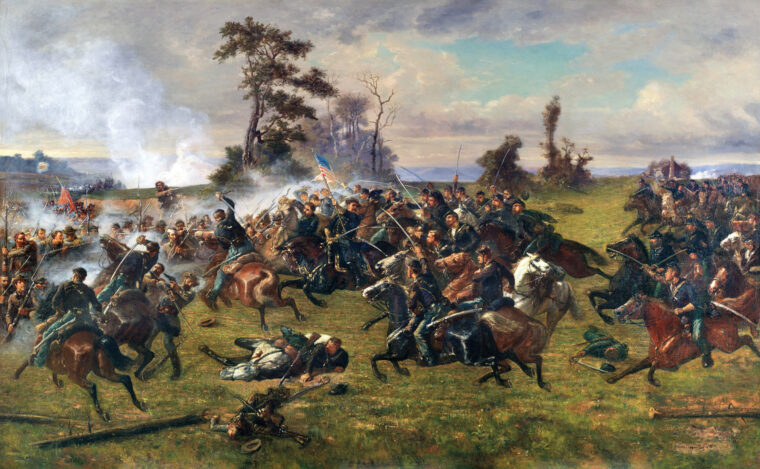
Civil War
Death at the Crossroads
By Mike PhiferAn unrelenting rain soaked the gray-clad troops of Maj. Gen. George Pickett’s reinforced division of Confederate soldiers on the morning of March 30, 1865. Read more
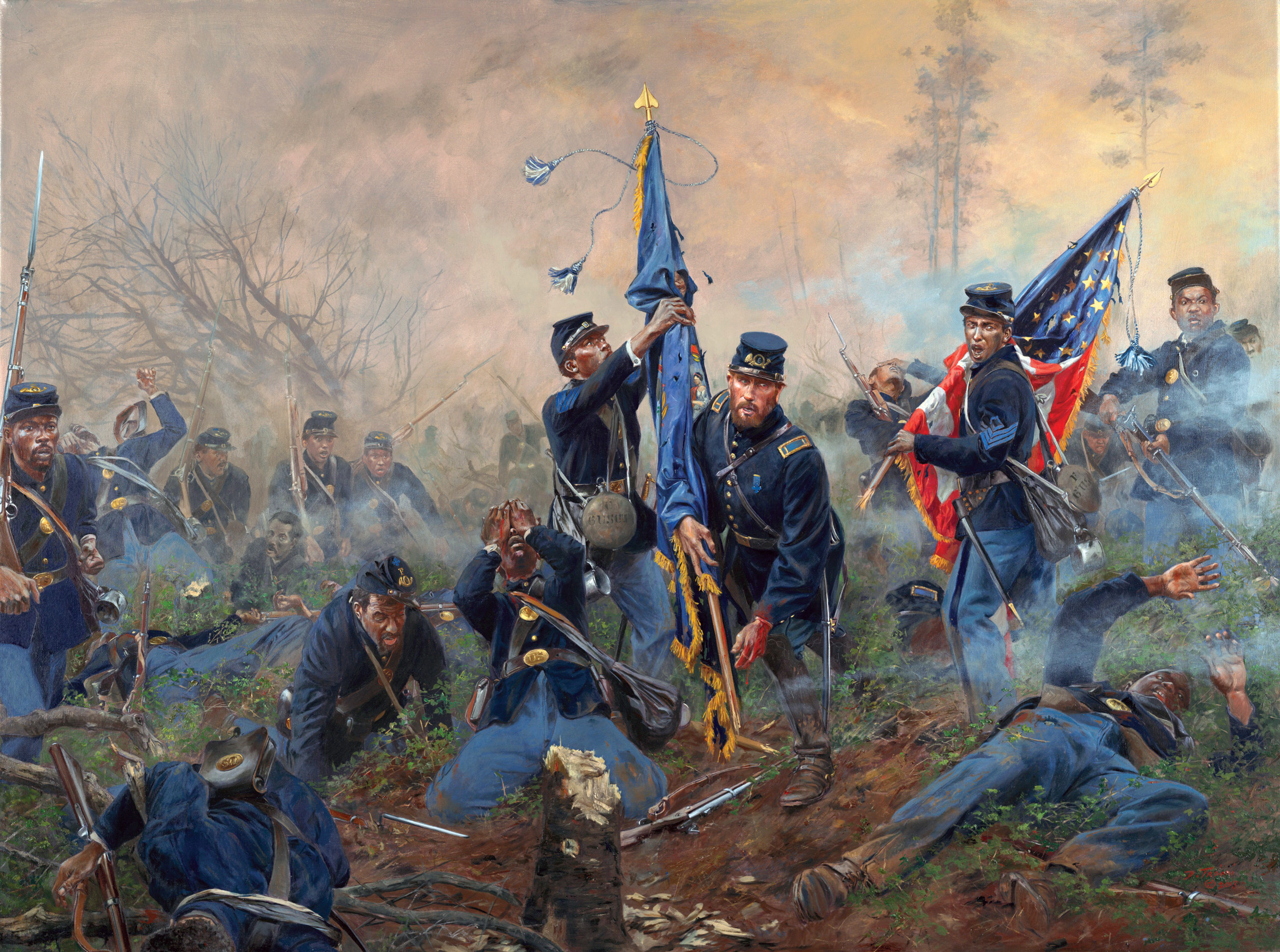
Warfare History Network is your best source for military history online. This is where we bring you our coverage on all aspects of the American Civil War—from the first shots fired at Fort Sumter to Antietam to the surrender of Robert E. Lee at Appomattox. In addition to substantial military coverage, we also examine the political climate of the 1860s and how the war influenced civilian life in the North and South. A trove of Civil War photos, maps, and color illustrations complement our written contributions from a team of established writers, including William Welsh, Pedro Garcia, and acclaimed author-historian Roy Morris Jr.

Civil War
An unrelenting rain soaked the gray-clad troops of Maj. Gen. George Pickett’s reinforced division of Confederate soldiers on the morning of March 30, 1865. Read more
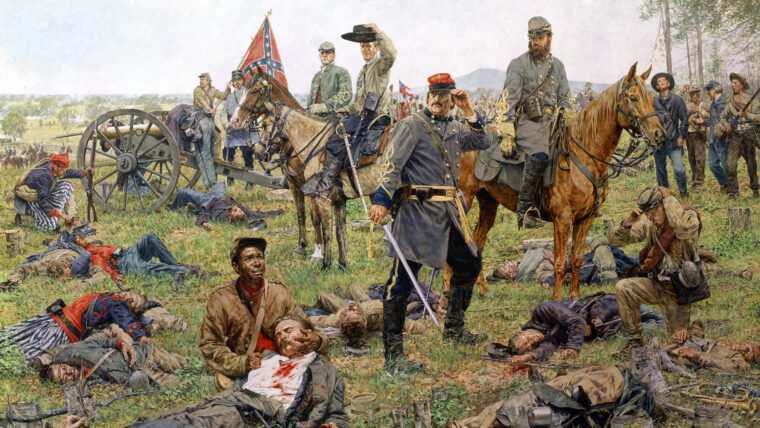
Civil War
The regiment of Yankees, which was largely composed of German immigrants, advanced through a field of clover in the Shenandoah Valley in search of the Rebel line to its front on June 8, 1862. Read more
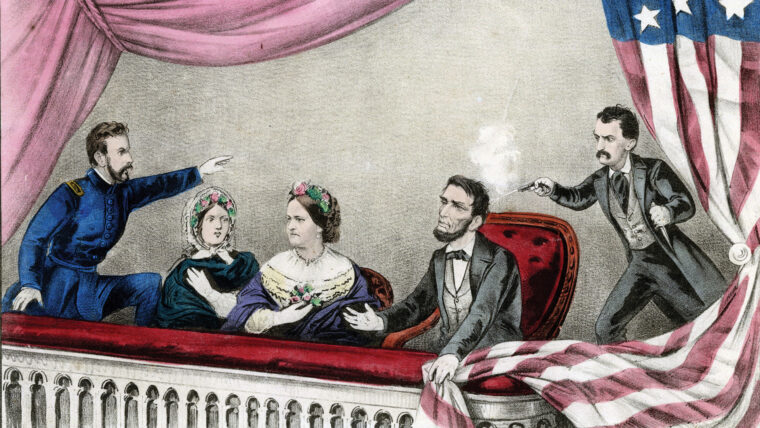
Civil War
The night of April 14, 1865, was one of celebration in Washington, D.C. Just a few days earlier, on April 9, Confederate General Robert E. Read more
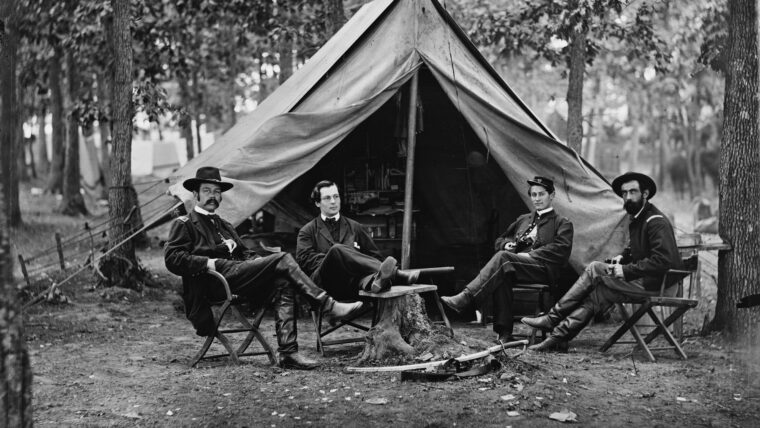
Civil War
The Union officer saw it quite clearly across the Rappahannock River: a hand-painted sign held up by a Rebel soldier that read, “Burnside and his pontoons stuck in the mud. Read more
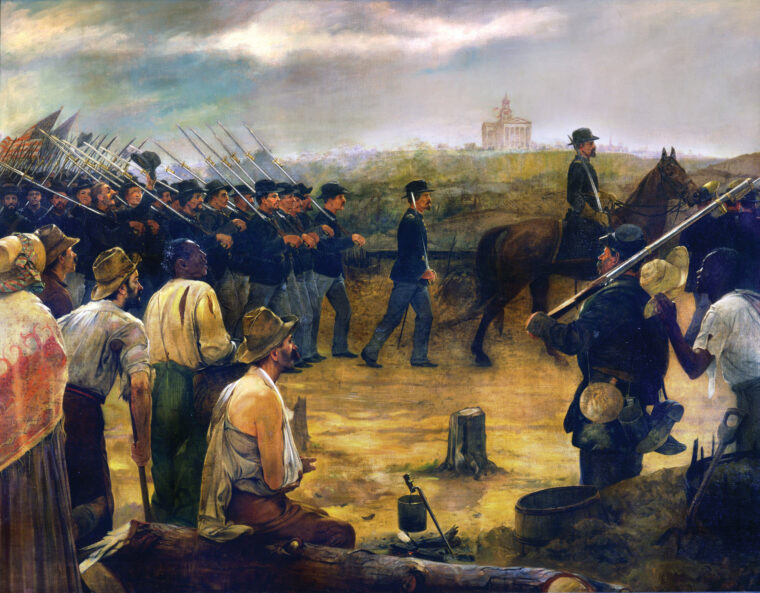
Civil War
The citizens of Vicksburg would scarcely remember a more beautiful evening. The sky on April 16, 1863, was cloudless, and as the ruddy glow of twilight faded, the vast expanse was speckled with stars. Read more
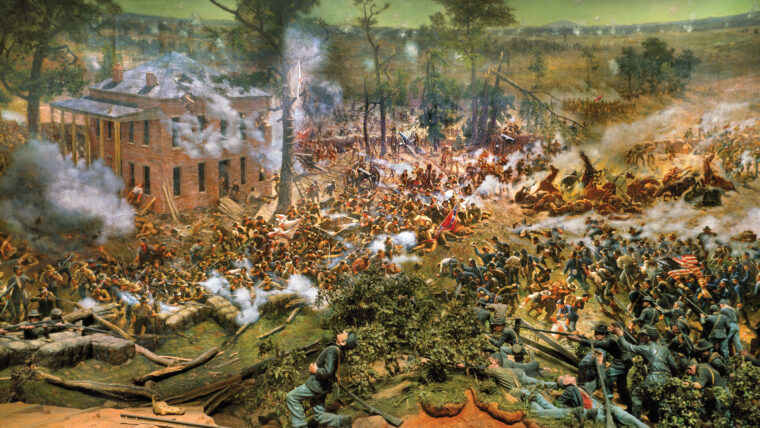
Civil War
The guide shook uncontrollably when the gray-clad general pointed his pistol at him in the backwoods of central Georgia on the evening of July 21, 1864. Read more
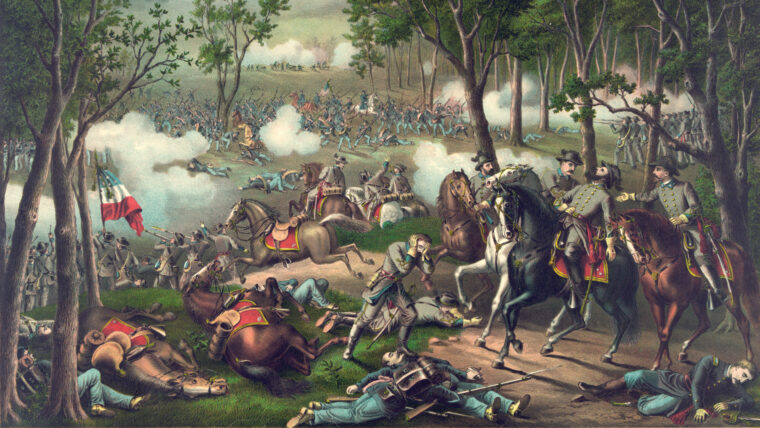
Civil War
Historians began writing about the Civil War even before it had become history. Battlefield accounts by traveling correspondents were a staple of Northern and Southern newspapers during the war, and a flood of memoirs, letters, official records, and unit histories followed in the decades after the war. Read more
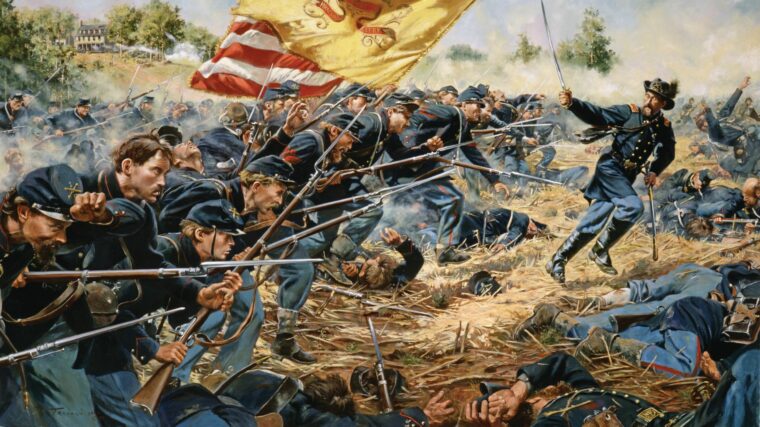
Civil War
By William E. Welsh
Private Augustus Du Bois marched forward at daybreak on June 3, 1864, along with hundreds of other members of the 7th New York Heavy Artillery regiment to a thin belt of timber a mile south of the key road junction of Cold Harbor. Read more
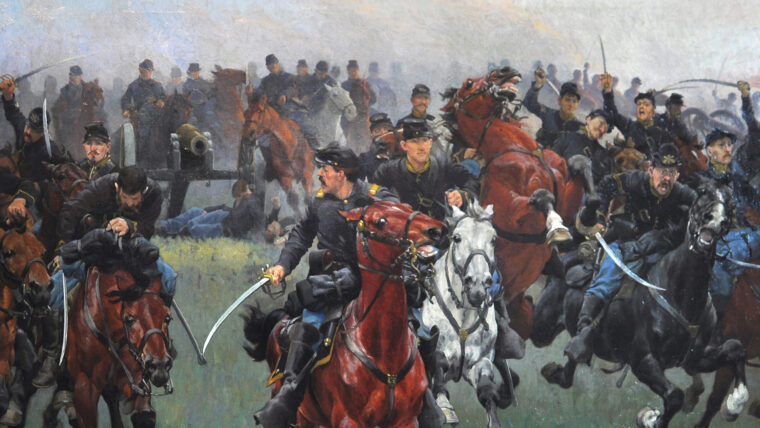
Civil War
The celebrated 2nd U.S. Cavalry, like its brother regiment the 1st U.S. Cavalry, was formally created by an act of Congress in March 1855. Read more
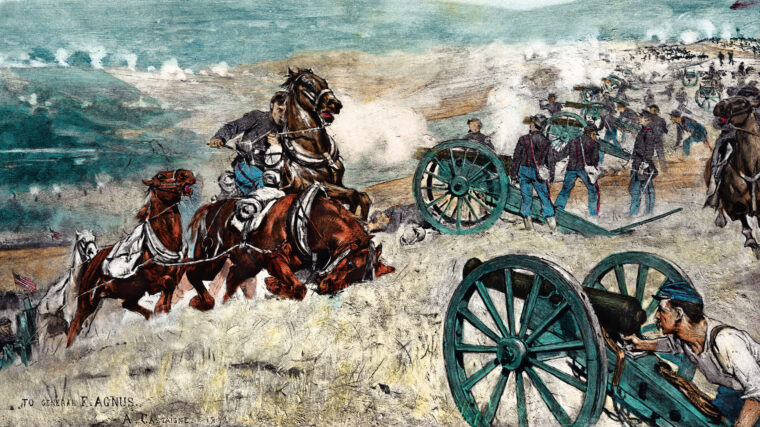
Civil War
As Confederate General Robert E. Lee and his I Corps commander, Maj. Gen. James Longstreet, rode together on horseback along the dust-choked Quaker Road from Glendale to Malvern Hill on the morning of July 1, 1862, they stopped to confer with Maj. Read more
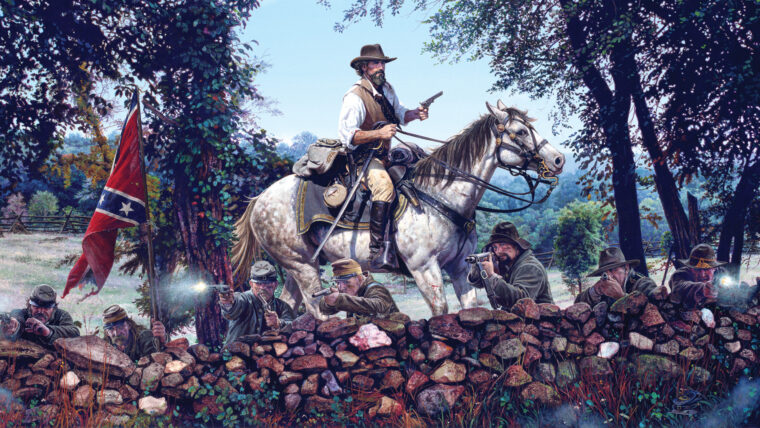
Civil War
Confederate Maj. Gen. Nathan Bedford Forrest’s fighting blood was up. It was mid-morning on June 10, 1864, and the Tennessean cavalry commander had just hurried Colonel Hylan Lyon’s brigade of Kentuckians from along the muddy Baldwyn road toward Brice’s Crossroads in northern Mississippi. Read more
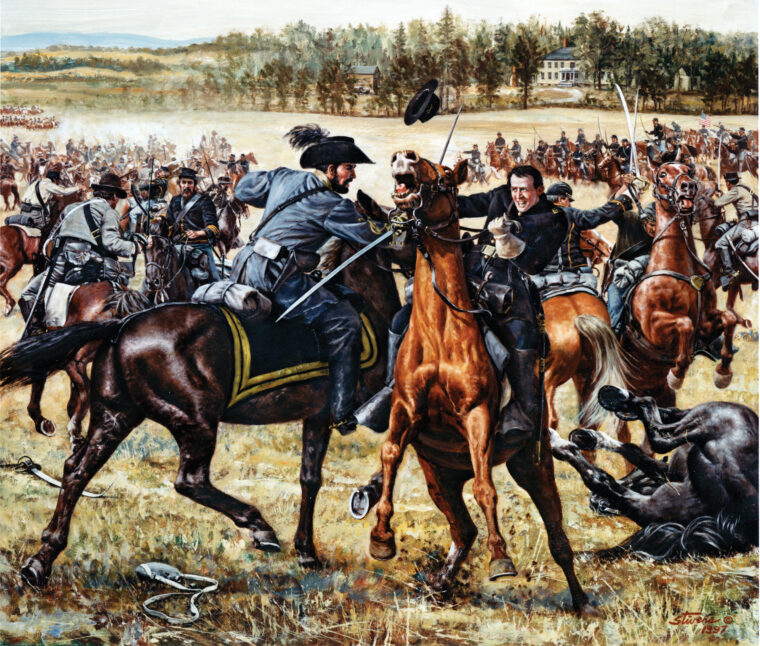
Civil War
Major General James Ewell Brown Stuart was in all his glory. It was June 8, 1863, and the Confederate cavalry commander was putting on a grand review of his horse soldiers on a plain west of the Rappahannock River near Brandy Station, Virginia, for none other than General Robert E. Read more
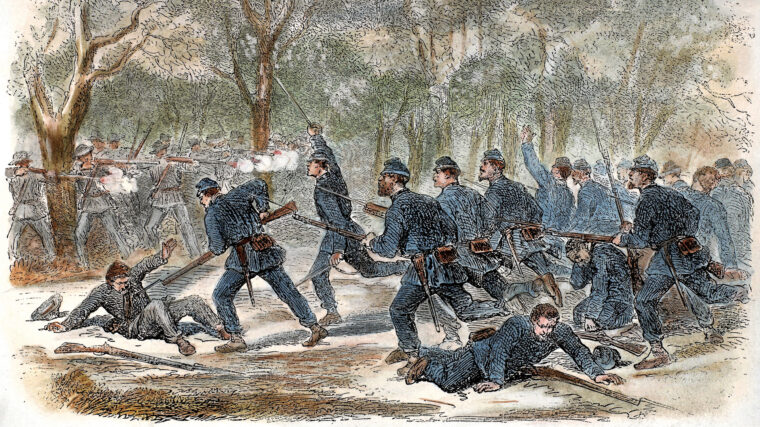
Civil War
It was almost dark when Captain Chase Philbrick led a reconnaissance party of 20 volunteers from Company H of the 15th Massachusetts Infantry across to Harrison’s Island situated in the middle of the Potomac River. Read more
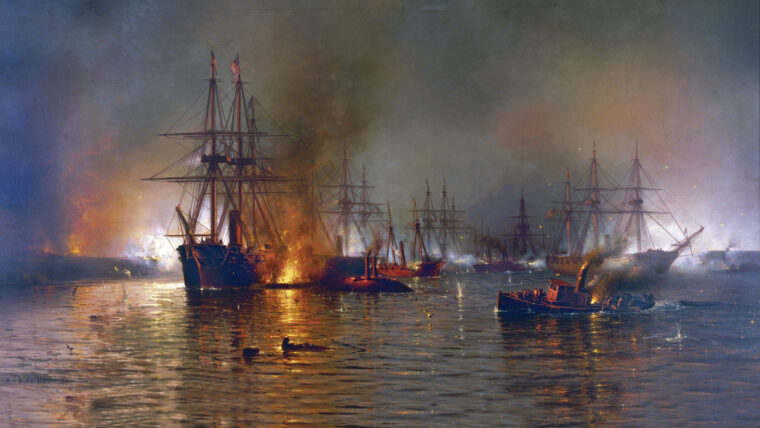
Civil War
The victory at Manassas on July 21, 1861, had made the Rebels overconfident bordering on lethargic. As one observer noted, “It created a paralysis of enterprise that was more damaging than disaster was for the North.” Read more
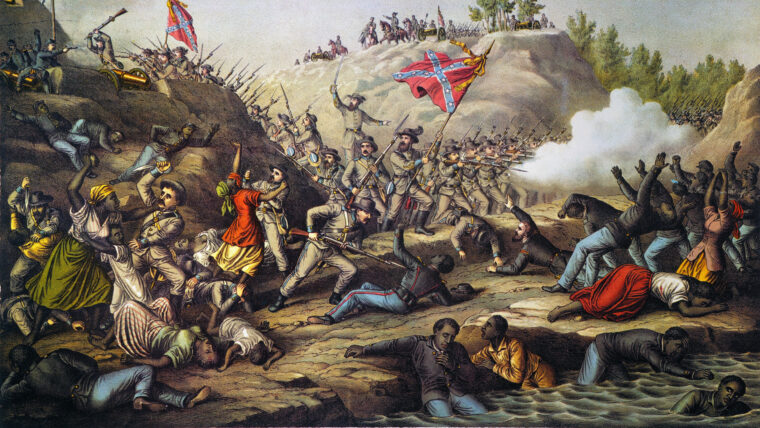
Civil War
As dawn broke on April 12, 1864, the Union garrison manning Fort Pillow, a small redoubt on a cliff overlooking the Mississippi River in West Tennessee, found itself surrounded by 1,500 Confederate cavalrymen led by Maj. Read more
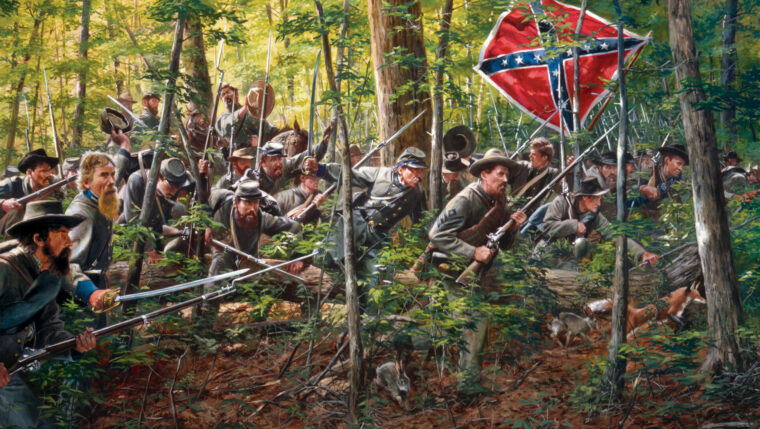
Civil War
The two Union generals faced each other on the afternoon of May 1, 1863, at the large house by the Orange Turnpike that had been chosen as the headquarters of the Army of the Potomac. Read more
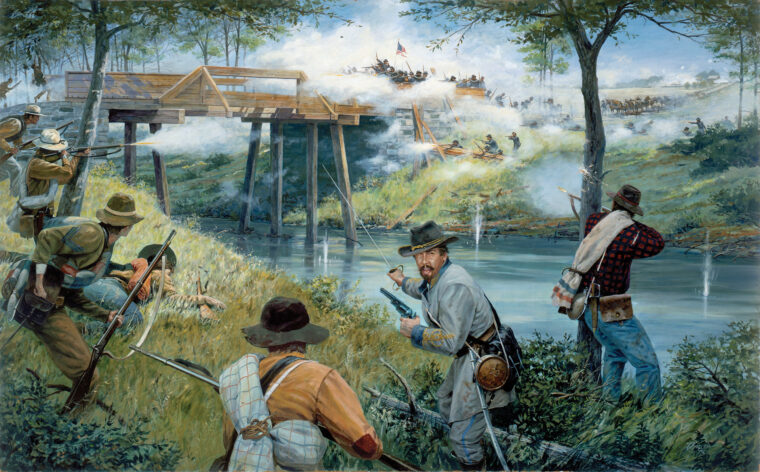
Civil War
On Saturday, September 26, 1863, six days after the Battle of Chickamauga, Lt. Gen. James Longstreet wrote Confederate Secretary of War James A. Read more
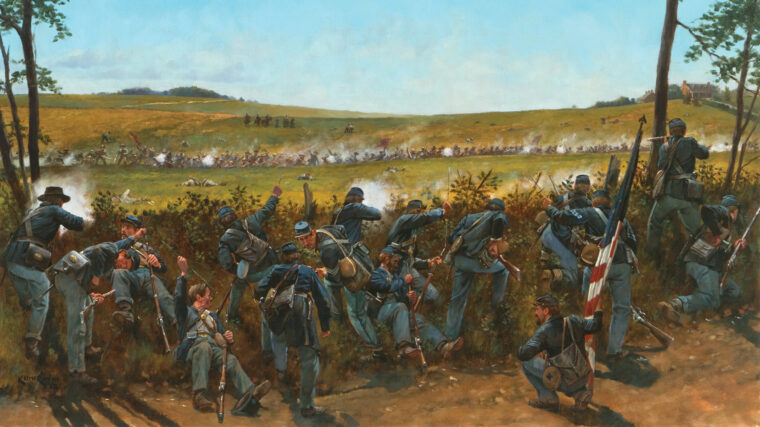
Civil War
Major General John Brown Gordon guided his horse past fields where stalks of waist-high corn glistened in the sun. Read more
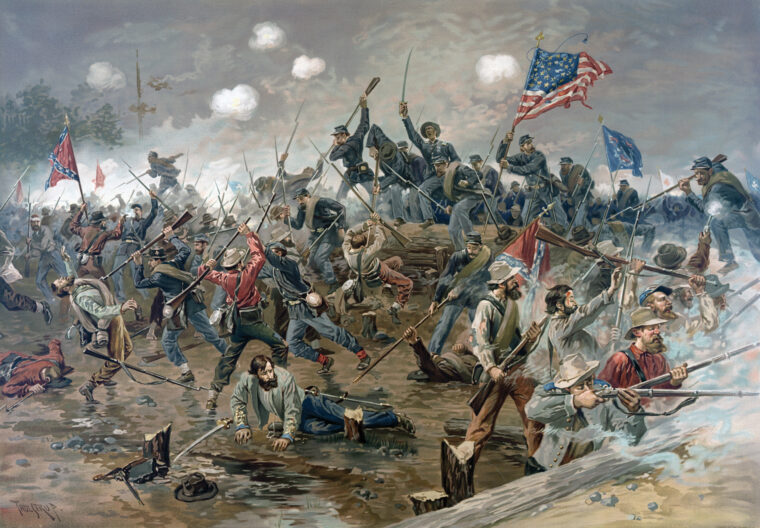
Civil War
Everyone in Washington, D.C., knew the reason Maj. Gen. Ulysses Grant was in town. He had a hard time moving around without people applauding him everywhere he went. Read more
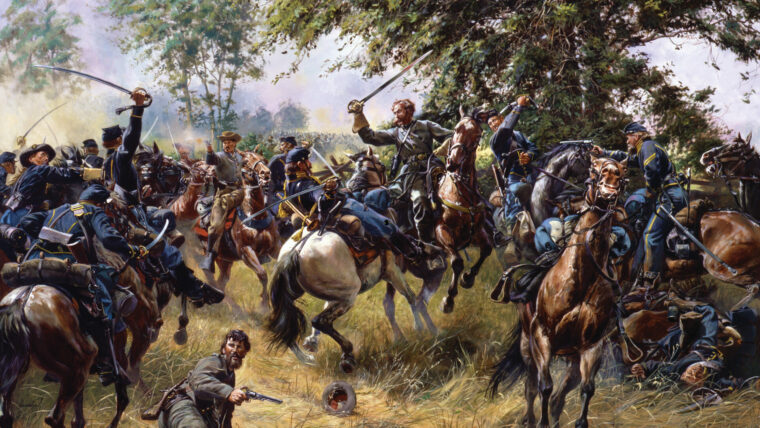
Civil War
On the morning of July 3, 1863, Confederate Brig. Gen. Wade Hampton III led the troopers of his brigade south along the York Road. Read more